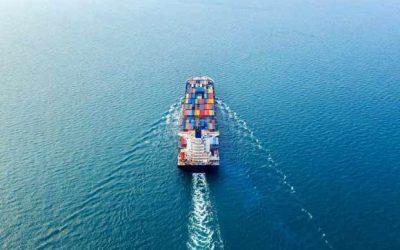The right vendor selection is the most crucial decision that you need to make when sourcing from overseas. A good supplier not only adds value to your business but also gives you complete peace of mind by providing excellent customer service. However, the problem with many businesses is that they often ignore the supplier side and at times become too stringent and demanding which ends up in losing a quality supplier.
Getting the right supplier for your business is not easy. Good collaboration and understanding between buyers and suppliers are essential to efficiently manage your supply chains on a commercially sustainable basis. If you have a healthy relationship with your supplier, you are more likely to benefit from a dedicated service, minimum MOQS, preferential pricing, and special terms.
Whereas, cooperation failures can have devastating effects on your supply chain. In worst-case scenarios, this can even lead to disruptions, price fluctuations, and quality problems.
In this article, our experts share some tips that will help you establish a long-lasting relationship with your supplier.
Bring Value to Your Suppliers
Buyer and supplier is a two-way relationship. If a supplier is bringing value to your business, you should also help them out and create more opportunities for them. A good buyer-supplier relationship is not just based on financial transactions but also on trust, value, and goodwill. Make the suppliers feel a part of your business and provide them the opportunity to expand into new markets with your referrals and connections.
Timely Payment is the Key
For establishing a relationship based on the value of trust and grace, timely payment of the bills is necessary. Timely payment gives the supplier security, that you are a reliable customer and are easy to work with. To establish credibility, send an advance amount for your orders. However, do not pay for everything upfront. If you are unable to settle the payments on time, inform your supplier about the situation, and get a new date from them.
Communicate More Often
Once a supplier is on board, make sure there is no communication gap. Talk to their representative regularly, tell them about your expectations, and listen to their expectations and reservations. Deploy a proactive member of your team on the communication front. Talk to the supplier’s engineers, production officers, and managers. Language can often be an issue when buying overseas so make sure that both parties (you and the supplier) can easily understand each other well.
Partner up with a Sourcing Company
The best strategy is to partner with a sourcing company. An experienced sourcing company like Blink Global has vast experience in dealing with overseas suppliers. We have helped clients get the best products at competitive rates. Our agents also deal with industry-specific suppliers and are masters of creating win-win solutions.

